Why is Retarding Pizza Dough the Key to Your Success
Have you ever experienced the enchantment of biting into a perfectly crafted slice of pizza, its crust a marvelous balance of chewy and crispy? Can you remember the bouquet of flavors from the yeast and flour, the delicate notes of fermentation that come together to create an epic symphony in your mouth? That’s the magic of pizza dough, and in particular, the art of retarding pizza dough.
Yes, that’s right—retarding pizza dough, an ancient culinary secret as fascinating as it is delicious. With patience and a bit of skill, anyone can master this technique to elevate homemade pizzas to restaurant quality or even surpass it.
This powerful baking strategy opens a world of subtle flavors and textures that’ll turn your humble home kitchen into an authentic Italian pizzeria. So, if you’re ready to discover the wonders of retarding pizza dough, and perhaps learn a thing or two about the science of bread-making along the way, this is just the place to start.
From mastering the technique of slow fermentation, and understanding the biochemistry behind it, to exploring how this process can take your pizza to the next level, we’ll be delving into all aspects. Hold onto your mixing bowls, bread lovers—prepare for a journey into the fantastic world of dough retarding that promises to revolutionize your homemade pizzas! Continue reading to transform your pizza-making game forever.
Let’s get started!
Here’s What You Will Find:
What is Retarding Dough?
Retarding dough is a baking term that refers to the process of slowing down the fermentation of yeast in dough. It involves refrigerating the dough after it’s been mixed or after the first proofing, essentially slowing down the activity of the yeast and the overall process of fermentation.
You may be wondering why someone would want to slow this process down, given that faster usually feels better in our rapid-paced world. However, this is one of those beautiful instances where slow and steady truly does win the race.
As yeast slowly consumes the sugars in the dough during refrigeration, it produces not only carbon dioxide, which gives the dough its rise but also various organic acids and alcohol. These compounds give the dough a richer, more complex flavor profile.
Moreover, this slow, cold fermentation aids in the development of a well-structured gluten network, resulting in a more consistent crumb structure and improved texture in the final product. For pizza, this means a crust that is delightfully crispy on the outside, yet tender and chewy on the inside.
So, while retarding dough does require a bit more time and patience, it enhances both the flavor and texture of your bread or pizza, making it well worth the wait.
The purpose of retarding dough is to improve the texture of the dough, give the dough more flavor, and have the dough readily available.
This process occurs during the final stage of the dough fermentation process or the “Proofing” stage. This process is also called “cold fermentation.”
You can see where retarding dough falls into place in the total fermentation process in the chart below.
Understanding Pizza Dough Fermentation
Fermentation is a key player in the fascinating science of bread making, with yeast serving as the star of this biochemical act. Yeast, a type of fungus, is a crucial ingredient in bread and pizza dough that contributes significantly to the texture, rise, and flavor of the final product.
When mixed with water and flour, yeast begins to consume the naturally occurring sugars in the flour. This process is known as fermentation. As yeast metabolizes these sugars, it produces carbon dioxide, alcohol, and various organic acids. The carbon dioxide gets trapped in the network of gluten (protein) strands in the dough, causing it to rise and take on a light, airy texture.
Meanwhile, the alcohol and organic acids contribute significantly to the dough’s flavor. They create a distinct taste that is slightly tangy and complex, adding depth to the final product. In a well-fermented dough, these flavors should be pleasantly balanced, neither overly sour nor bland.
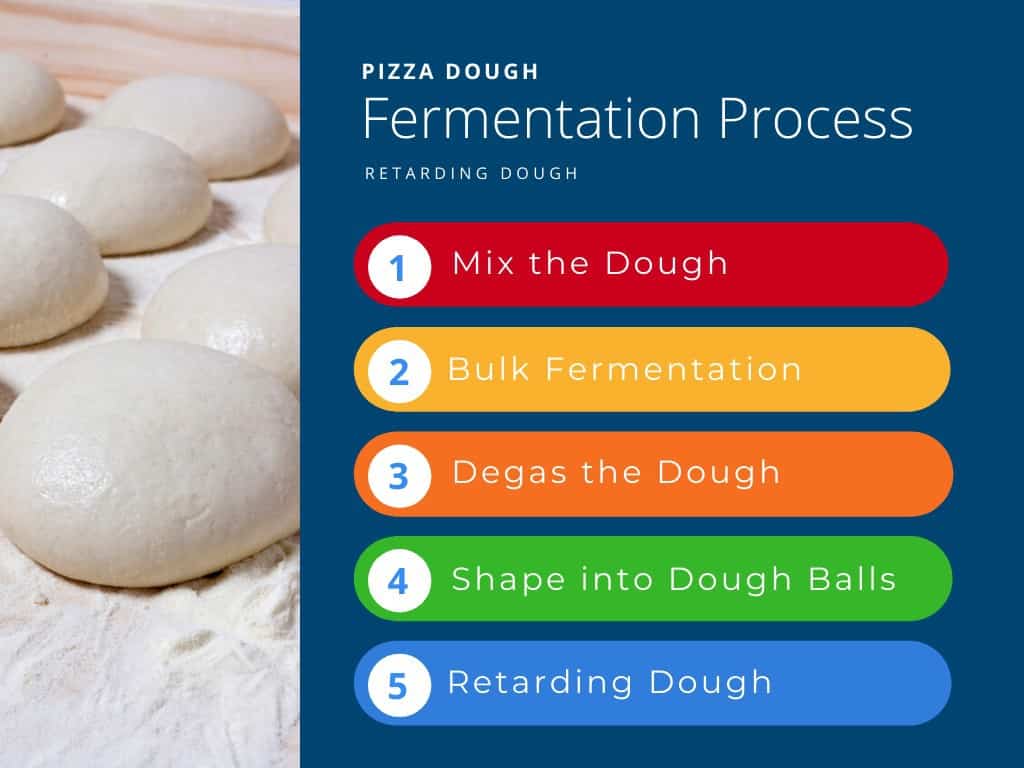
The Art of Retarding Pizza Dough
Retarding dough is a technique that takes the natural process of fermentation and extends it over a longer period of time. By reducing the temperature of the dough—typically through refrigeration—the activity of the yeast slows down, and so too does the process of fermentation.
While it may seem counterintuitive to delay the dough’s rising, this slower fermentation process actually carries a number of benefits. As the yeast continues to slowly work on the sugars in the dough, it produces more of those flavor-enhancing organic acids and alcohol. This results in a dough with a richer, more nuanced flavor profile— think a delightful blend of subtly tangy, malty, and sweet notes.
The art of retarding dough also has benefits for the dough’s texture. The slowed fermentation allows for a better-developed and more structured gluten network. This means that your pizza crust will have a more consistent crumb structure and a superior chewy texture.
In essence, retarding dough is like giving the dough more time to mature and develop, much like aging a fine wine. It’s a process of slow and steady work, and the reward is a significant upgrade to the flavor and texture of your pizza crust.
There are two main reasons why pizza makers retard dough:
- The first and foremost reason is to provide more flavor. If you don’t retard the dough, the crust will have no flavor and no structure.
- The second reason has to do with time; in other words, you can make the dough in advance and place it in the refrigerator so that you don’t have to make the pizza crust right away.
What Does Retarding Dough Do?
Retarding dough strengthens the gluten in the dough, improves the overall texture of the dough, and, best of all, gives you Flavor!
Retarding the dough elongates the fermentation process by having a slower rise allowing the yeast to exhale more carbon dioxide affecting the flavor and texture.
Retarding Pizza Dough Process
When you understand the benefits and science behind retarding pizza dough, the next step is putting that knowledge into action. Below is a detailed guide on how to retard your pizza dough.
- Making the Dough: The process begins much like any other pizza dough recipe. You’ll combine your flour, yeast, water, salt, and any other ingredients your recipe requires in a mixing bowl. After a brief period of mixing, you’ll need to knead the dough until it develops a smooth, elastic texture. This is when gluten starts forming, which is crucial for trapping the carbon dioxide released by yeast.
- First Proofing: Once your dough is well-kneaded, you’ll let it sit at room temperature to rise. This is known as the first proofing stage, and it typically lasts about one to two hours, or until the dough has doubled in size. During this time, the yeast is actively consuming the sugars in the dough and producing carbon dioxide, causing the dough to expand. Check our article on how to proof pizza dough for more info.
- Retarding the Dough: After the dough has risen, divide it into individual portions for each pizza. Place these dough balls into a lightly oiled container, ensuring there’s enough space for them to expand without merging together. Seal the container with a lid or plastic wrap to prevent the dough from drying out and place it in the refrigerator. The cold environment slows down the yeast activity, retarding the fermentation process. The retarding stage can last anywhere from 24 to 72 hours, depending on your schedule and flavor preference.
- Second Proofing: About one to two hours before you plan to bake your pizzas, remove the dough from the refrigerator. Let the dough sit at room temperature during this time, allowing it to warm up and reactivate the yeast. This stage is known as the second proofing or final rise.
- Shaping and Baking: After the second proofing, the dough is ready to be shaped into pizzas and baked. Handle the dough gently to preserve the delicate gas pockets developed during fermentation. Top your pizza as desired, then bake according to your recipe’s instructions.
Throughout this process, remember that the exact timing and temperature can vary based on several factors, such as the specific strain of yeast you’re using, the temperature of your refrigerator, and the type and proportion of your ingredients. Use this guide as a starting point, but feel free to make adjustments based on your observations and the results you desire.
In essence, retarding pizza dough is a delicate dance with time and temperature, all in pursuit of that perfect balance of flavor and texture. With a bit of practice and patience, you’ll be able to master this technique and create pizzas that will astonish your friends and family.
Tips for Retarding Pizza Dough
These guidelines will help you get the best homemade pizza results:
- Mix your dough properly, and try not to have any lumps
- Knead your dough correctly, do not overwork the dough or it won’t be easy to shape.
- Shape the dough into smaller dough balls before placing them in the refrigerator.
- Rise the dough in the correct bowl or container. Containers should be completely sealed and away from any air rafts. Any plastic container with a lid works, a proof box or dough box will perform best.
- Spray your bowl or container with non-stick cooking spray before adding the dough balls to the container for easy cleanup.
- Proof the dough at the correct temperature, 38 to 40°F is the best, and for the recommended time from 8 to 72 hours during the final rise.
Shaping Pizza Dough for Retarding Dough or Proofing
Many pizza-makers also get confused about whether they need to go ahead and shape the dough into dough balls before they place it into the refrigerator, or keep the dough shaped like a ball.
In reality, it doesn’t matter which one you do; the dough will ferment anyway. Although most pizza makers leave the dough in a ball simply because they claim it takes up less space in the fridge.
However, when you are making pizza at home, by dividing the dough into smaller dough balls, you are already portioning the individual pizzas you could either bake them right away or save them for later use.

VS
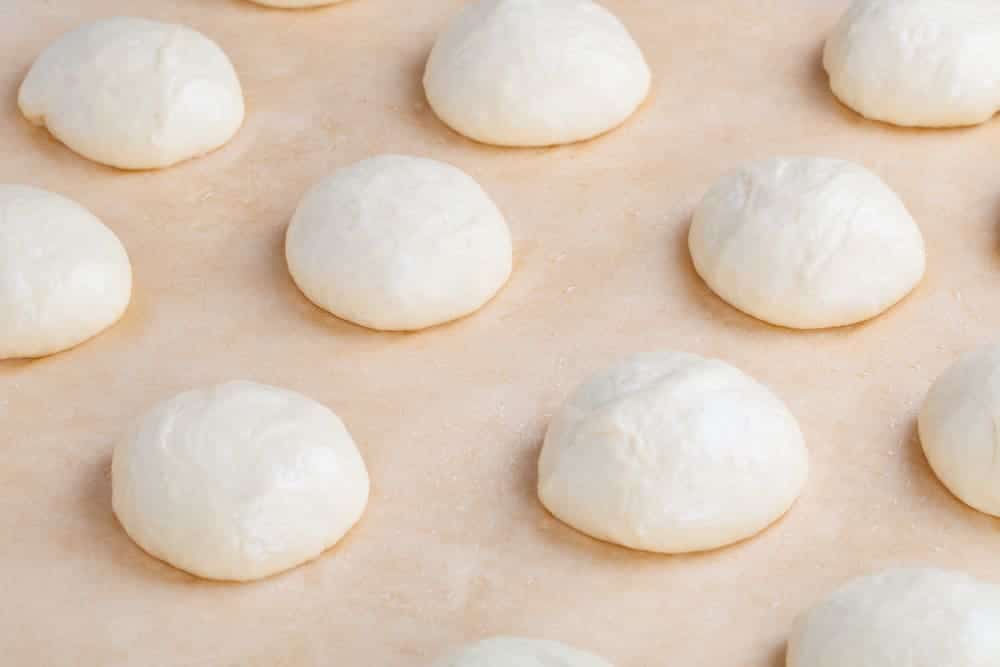
For example, our dough base recipe of 500g grams of flour makes three (3) pizzas that can feed three people.
So, let’s say that you only need one pizza, if you divide the dough into three smaller dough balls, you can set only one dough ball to retard and freeze the other two for later use.
By retarding only one dough ball, there is less space that you need in your refrigerator.
Therefore, for homemade pizza, depending on how many pizzas you are going to bake immediately, you decide how many dough balls you will set to retard and save the rest.
How Retarding Dough Works?
Retarding your dough by placing it in a cold place or in the refrigerator in a proof box may add a few more hours to the pizza-making process.
Still, in the end, precisely this extended time is what you want, because this is how you add more flavor to the dough.
The way it works is simple. Retarding dough or “cold fermentation” reduces the dough’s temperature to delay or prolong the fermentation process rate.
By placing your dough in the refrigerator for a set period, you slow the fermentation process down, allowing the last stage of the fermentation process to develop fully.
Pro Tip
When retarding dough cling film will not always do the job as the humidity of the refrigerator may unseal the container. Try to always use an airtight container or pizza dough box to limit the available oxygen and keep any odors adhering to the dough.
What Happens During Dough Retardation
During the final proofing stage, the starch from the flour is converted into sugars. The sugars feed the yeast, and the yeast utilizes the carbohydrates in the absence of oxygen to produce carbon dioxide and alcohol.
The carbon dioxide is retained in the cells formed in the protein or gluten network, causing the cells to grow and the dough to expand.
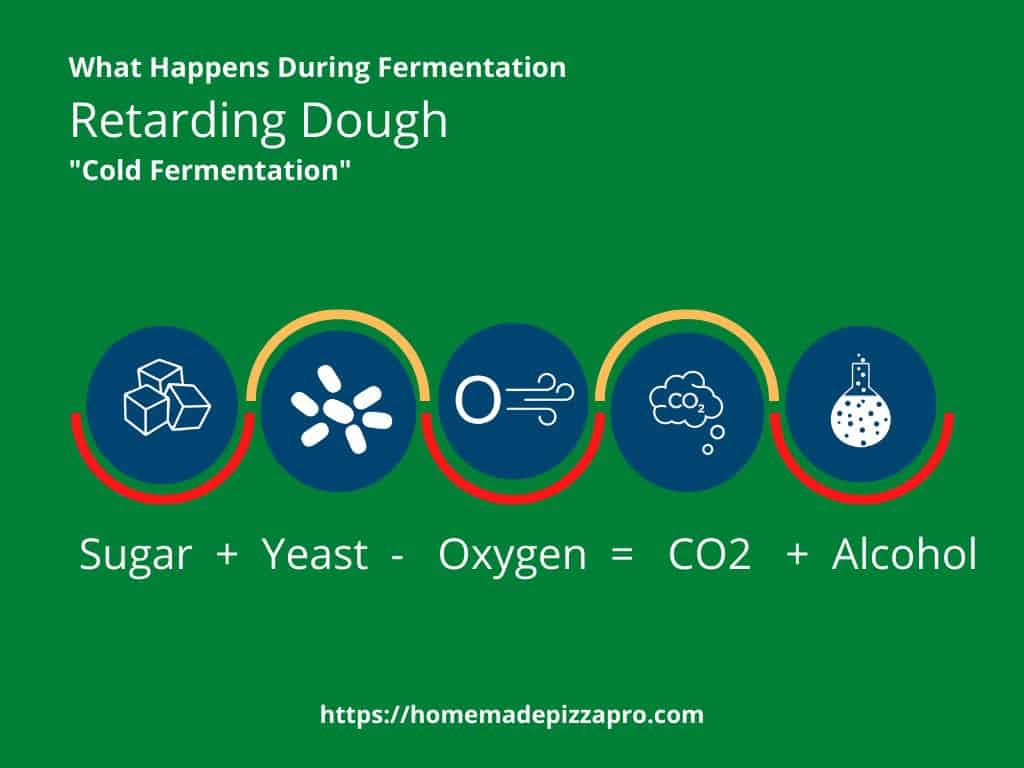
In addition to the yeast in the dough expanding much slower due to the cooler temperatures, this also produces more acetic and lactic acids, which gives the dough lots more flavor.
In fact, after 12 to 18 hours in the refrigerator, these bacteria also break down the gluten in the dough, affecting the rise of it, in the end, making it easier to shape.
Pizza Pun
What do pizza bakers give women on special occasions?
– Flours
Temperature
The warmth of the location where you place the dough to retard has a direct effect on yeast (heat accelerates the rate of fermentation). When you place the dough in a warm place, the dough will rise faster.
By retarding the dough at the correct time and temperature, it allows the dough to develop more complex flavors over time without the risk of over-proofing.
If you were to proof the dough at a warm temperature, like for the first rise at 80°F, the dough would double in size in about 1 – 1 1 /2 hours, which is not enough time for the dough to develop flavor and the structure of a good crust.
The ideal temperature for slowing down the yeast’s fermentation process rate is from 33°F to 40°F, resulting in a slow and prolonged fermentation process.
Convenience of Retarding Dough
Retarding the dough results in the ability to bake your crust at another time and not immediately.
This process is convenient for people who want to make their dough, which is a time-consuming process, but they don’t have the time to bake the crust immediately afterward.
For example, if you have a party, you could make the dough up the evening before and place it in the fridge before going to bed.
Letting the dough remain in the refrigerator for a long time adds tons of flavor and dimension to the dough, allowing for a much tastier crust.
Other Advantages
Naturally, there are other benefits to retarding your pizza dough. For example, if you like a darker crust when you make your pizza, retarding the dough can help.
This result is because the retardation process causes carbon dioxide to escape to the surface when you’re baking the crust, filling it with tiny bubbles that give the crust structure and turn the crust a darker color.
Is Retarding Dough Applicable to Every Type of Dough?
Not necessarily, when retarding dough, you should keep some things in mind.
For instance, some dough needs the process to get the flavor you love, while other types of dough – such as basic white flour dough made with yeast or even sourdough – don’t require it, but greatly benefit from the process anyway.
On the other hand, some rye and whole-wheat doughs may not take well to the process because they are more sensitive to the production of acid and usually have a weaker gluten structure.
However, when making pizza, it’s always recommended to retard or cold ferment the dough, so you get the best flavor, volume, and structure.
In fact, generally, when making pizza dough, you can retard your dough from 8 to 72 hours. We find that 24 hours works at its best to get great results in the end.
Experimenting with Retarded Pizza Dough
Retarding dough is an art, a science, and also a playground for experimentation. As you get comfortable with the process, you can start to play with various factors to tweak the flavor and texture of your pizzas. This could range from the type of flour used to the fermentation duration, or even incorporating additional ingredients into your dough.
Here are a few areas you might consider exploring:
Flour Type
The type of flour you use can significantly affect the texture and flavor of your dough. Different flours have varying levels of protein, which directly influence the strength of the gluten network formed in your dough. Try using bread flour for a chewier texture, or experiment with a portion of whole-grain flour for added flavor and nutrition.
Fermentation Duration
The length of time you retard your dough can significantly impact its flavor profile. Generally, a longer fermentation period results in a more pronounced, complex flavor, thanks to the extended production of organic acids and alcohol. Try retarding your dough for different periods – 24, 48, or even 72 hours – and observe how the flavor develops over time.
Hydration Levels
The amount of water in your dough referred to as hydration, can also affect the final product. A higher hydration dough might be trickier to handle but can result in a lighter, airier crust. Conversely, a lower hydration dough may yield a denser, but possibly crispier, crust.
Incorporating Flavor Enhancers
You can also experiment with adding flavor-enhancing ingredients to your dough. This could be as simple as a bit of olive oil or as adventurous as incorporating herbs or spices. These additions can lend a subtle background note to your crust and make it even more delicious.
Yeast Varieties
Different yeast strains can also contribute different flavors to your dough. While most recipes call for standard baker’s yeast, you could also experiment with natural yeast (sourdough starter) or different commercial yeast strains to see how they influence the flavor and rise of your dough. Check our article on the best yeast for pizza for more.
As with any culinary endeavor, it’s essential to make changes one at a time, so you can observe their effects. Patience and curiosity will be your best friends on this journey of experimentation. With each batch of dough, you’ll gain insights and experience, bringing you ever closer to your perfect pizza crust.
Troubleshooting
While retarding dough can lead to a significant improvement in the flavor and texture of your pizza crust, it can also present some challenges, especially when you’re just starting out. Here are some common issues and their solutions, along with tips for achieving the best results.
- Dough Is Too Sticky: High hydration doughs can be quite sticky and challenging to handle, especially after a long fermentation period. If you’re struggling, try lightly oiling your hands and the surface you’re working on, which can prevent the dough from sticking.
- Dough Isn’t Rising: If your dough doesn’t rise, it could be because the yeast is inactive—either due to old yeast or because the water used was too hot and killed the yeast. Always check the expiration date on your yeast, and make sure the water you’re using is warm, not hot.
- Dough Is Overproofed: Overproofed dough has fermented too long and may collapse when baked, resulting in a dense and less flavorful crust. To avoid over-proofing, always monitor your dough during the proofing stages. It should be roughly double in size but still spring back slowly when poked.
- Dough Is Underproofed: Underproofed dough hasn’t risen enough and can result in a dense and chewy crust. This could be due to not having enough time for the first or second proofing stage, or your kitchen may be too cold. Remember, yeast activity is slower at cooler temperatures.
- Uneven Browning: If your pizza crust is browning unevenly, it could be due to an inconsistent oven temperature or the positioning of the pizza in the oven. Try rotating the pizza halfway through baking and consider using a pizza stone or steel for even heat distribution.
Remember that retarding dough is as much an art as it is a science, and it may take some trial and error to get it just right. Practice patience and don’t be discouraged by setbacks. Each attempt is an opportunity to learn and improve. Happy pizza making!
Additional Resources
To further improve your pizza skills don’t forget to check these additional posts on pizza dough fermentation.
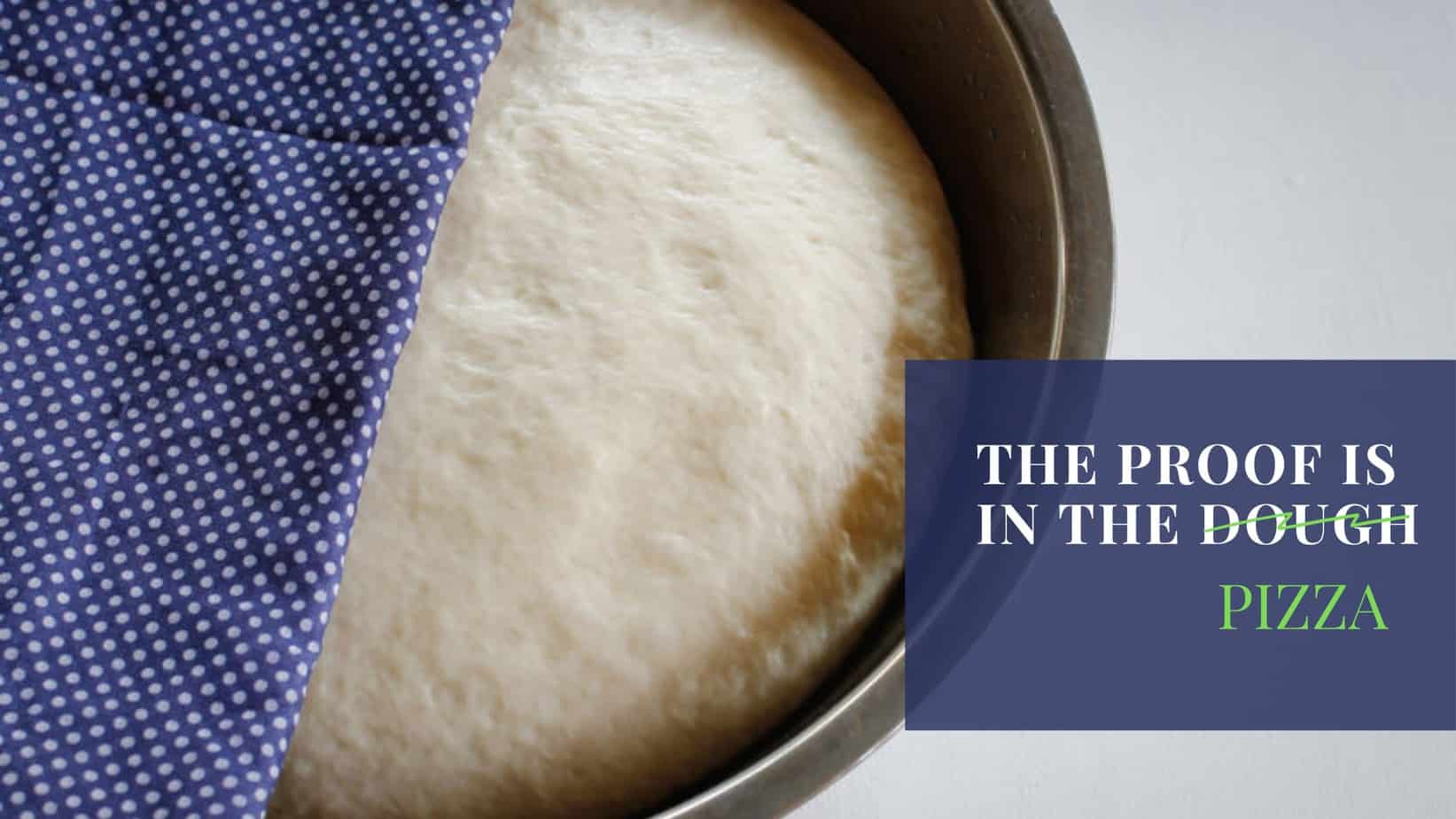
Pizza Dough Fermentation: Unlocking the Secret to the Perfect Crust
the PROs
Learn the correct process of pizza dough fermentation and why this is so important in the pizza-making process.
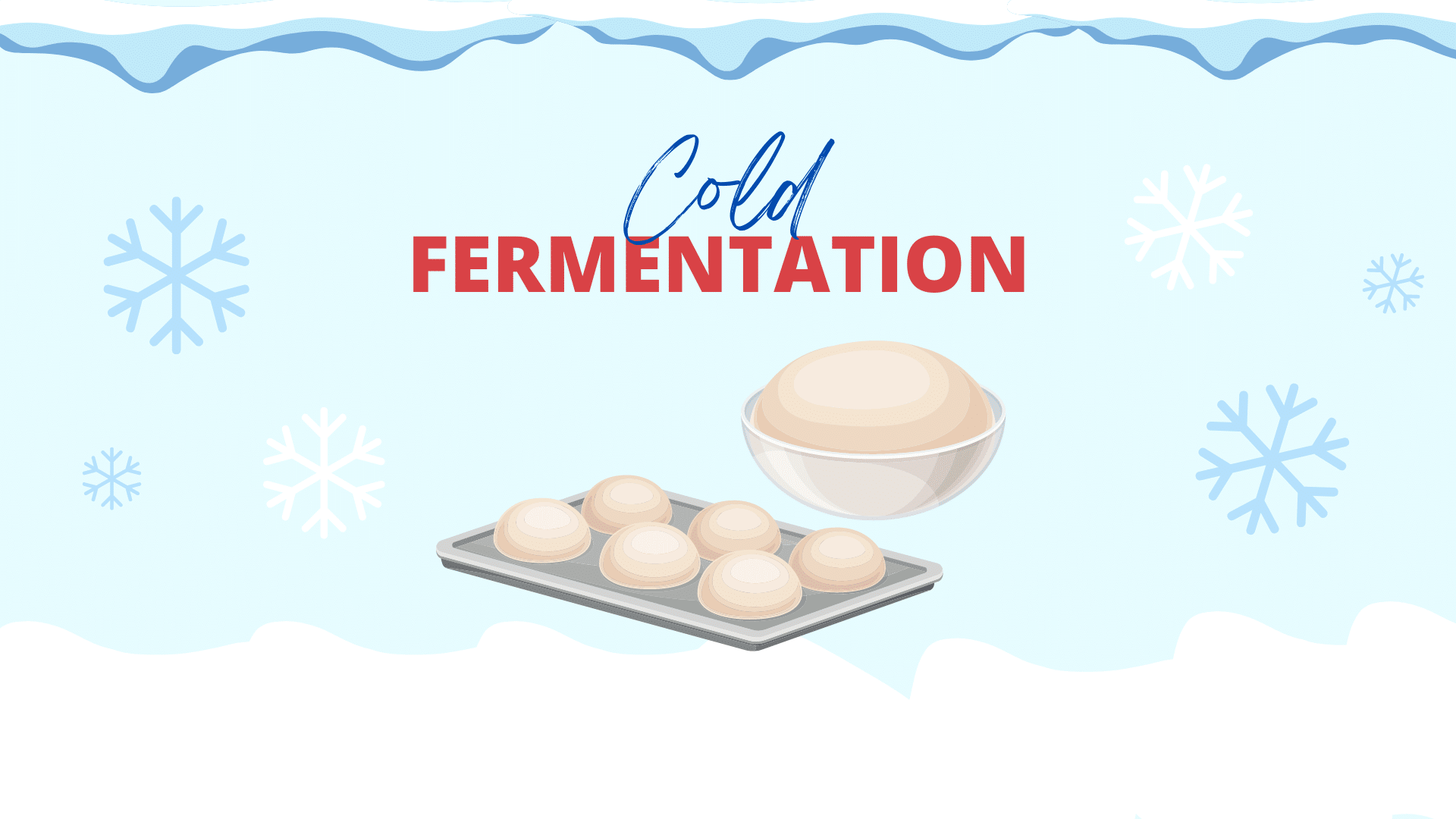
Cold Fermentation: Unlocking the Magic of Slow-Risen Pizza Dough
the PROs
As an ardent pizza lover knows, the journey to creating the perfect pie is a lot more complex than merely …

Poke Test Demystified: Master the Technique for Perfect Pizza Every Time
the PROs
Are you tired of ending up with a pizza crust that’s either too thick or still raw in some parts, …
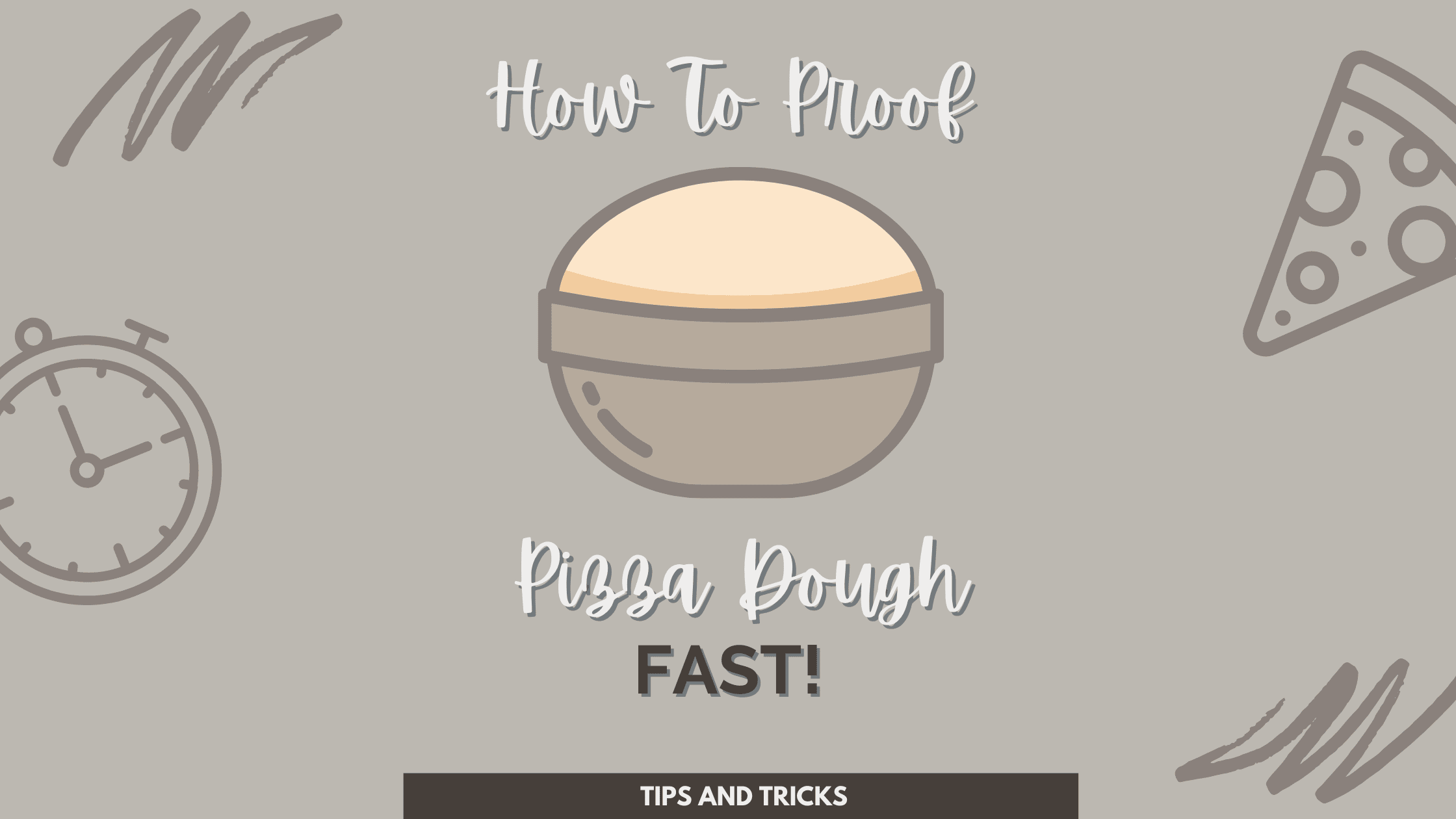
How to Proof Pizza Dough Fast
the PROs
How to Proof Pizza Dough Fast Behind every tasty pizza dough is a secret. Secrets behind its fantastic flavor and …
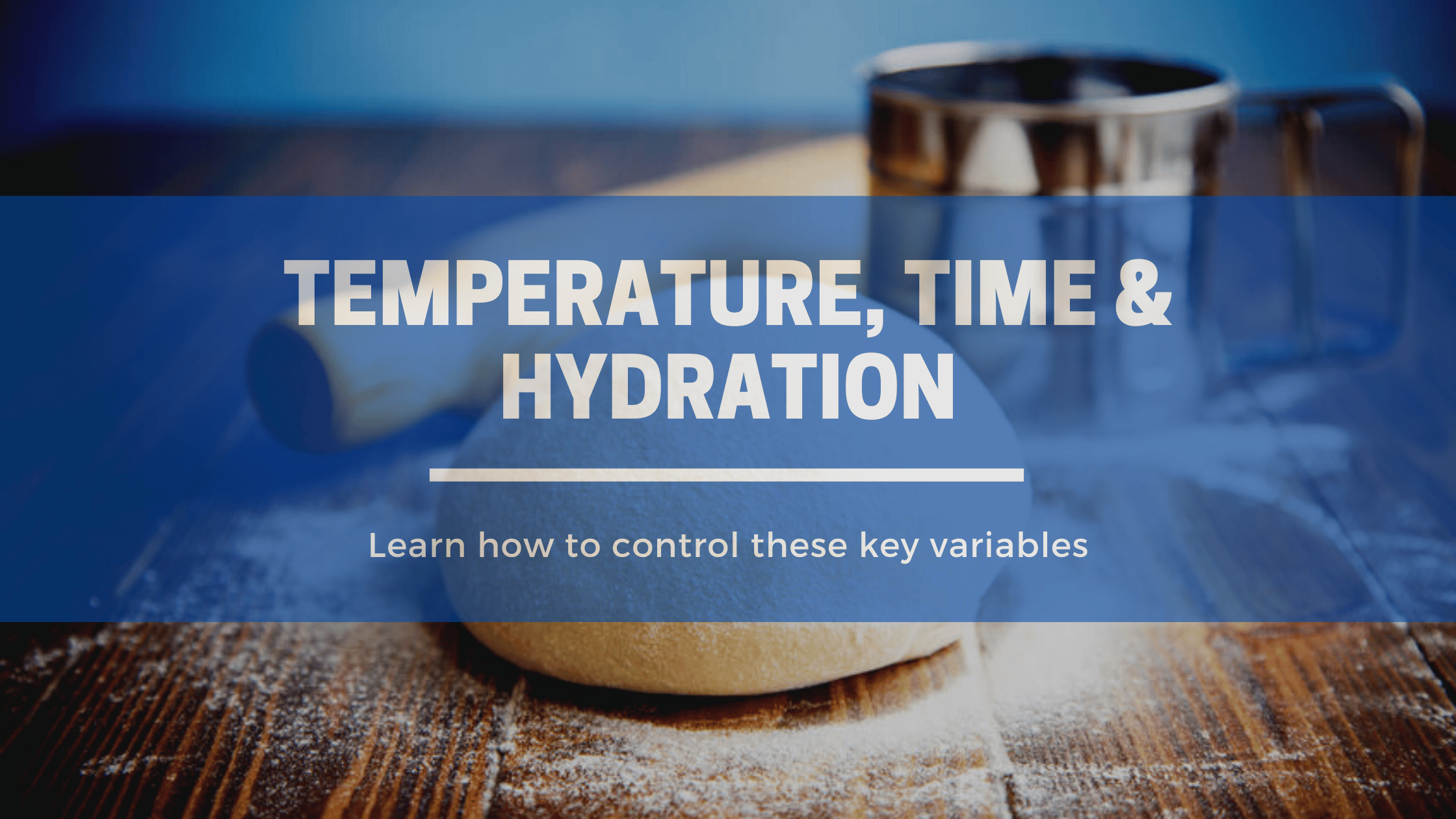
How to Control Temperature, Time, and Hydration for Pizza Dough
the PROs
Learn how temperature, time and hydration affect pizza dough and how you can control them.
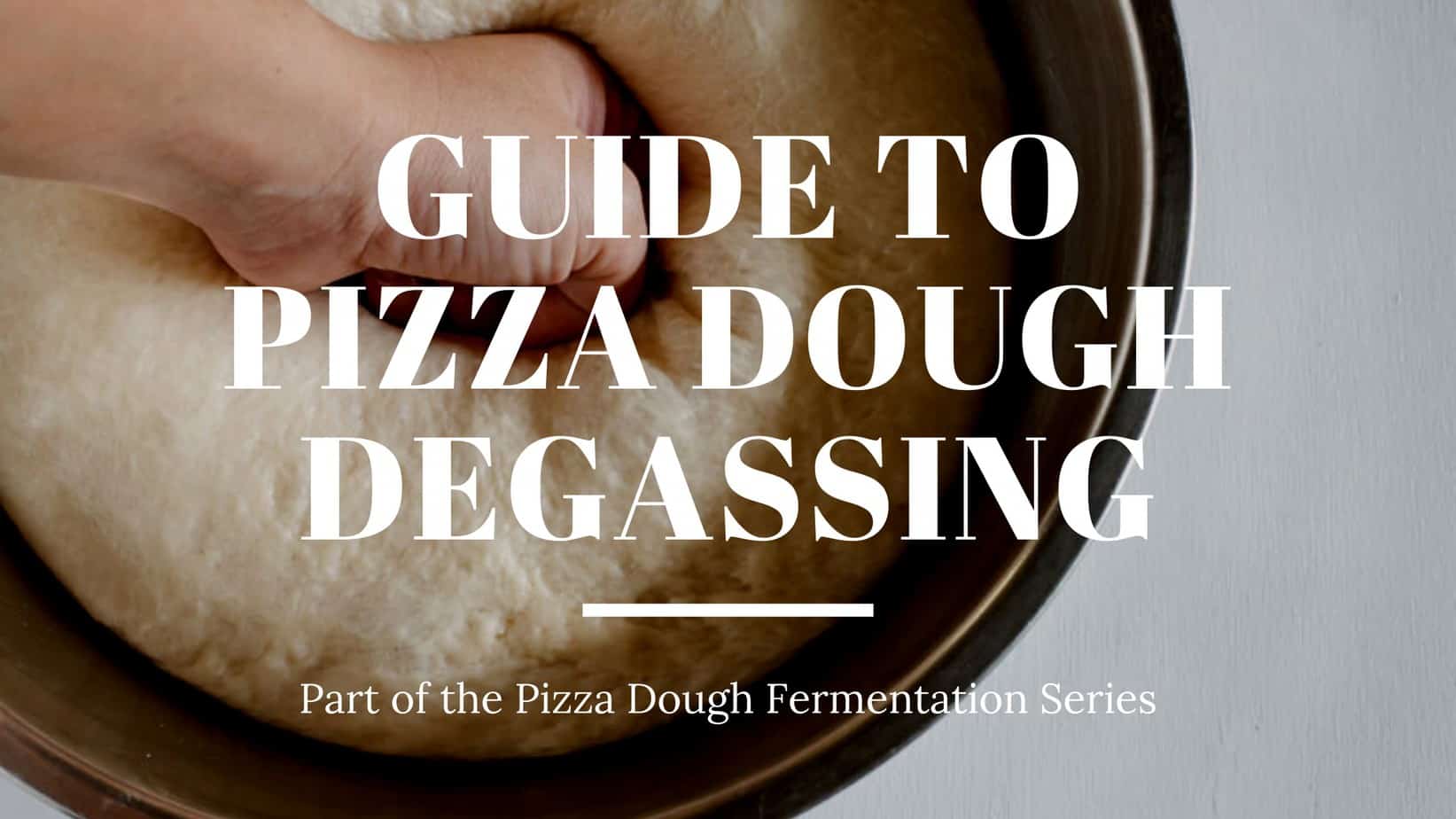
Dough Degassing: The Key to a Crispy, Airy Pizza Crust
the PROs
Discover what pizza dough degassing is and why so important in the pizza-making process. See how it works and check the best practices.

Pizza Dough Proofing Like a Pro! – Get Your Dough Right!
the PROs
Have you ever heard the phrase the proof is in the pudding? In this guide, you will learn that the …
Check Amazon’s Pizza-Making Must-Haves
Why have two pizza peels when you can only have one. This pizza peel surpasses the benefits of wood peels with the convenience of a metal peel. It's made entirely from anodized aluminum for a lightweight design that's incredibly durable, too. It's designed to be used frequently in high-heat pizza ovens.
The Etekcity Lasergrip 800 Digital Infrared Thermometer is a versatile and reliable tool for accurate temperature measurements. Its non-contact design allows you to measure temperatures from a distance, making it safe and hygienic for various applications. With a wide temperature range of -58°F to 1382°F (-50°C to 750°C), this infrared thermometer is perfect for both everyday cooking needs and professional uses.
The built-in laser pointer helps you target the specific area you want to measure, ensuring precision and consistency. Whether you're grilling, cooking, or performing household maintenance, the Etekcity Lasergrip 800 provides fast and accurate temperature readings with ease.
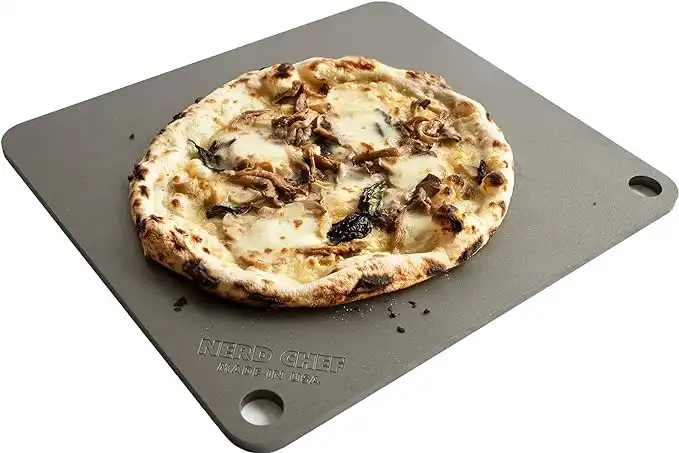 NerdChef Steel Stone
NerdChef Steel Stone
Making great crusts traditionally requires a 700-1000F wood-fired oven. Nerdchef Steel Stone replicates that performance in a home oven with its super-high heat transfer ability - transferring heat energy 20 times faster than ceramic. It creates beautiful and crispier crusts, gorgeous blistering throughout, and it cooks faster.
The Chef's flour is a general-purpose, high gluten flour that works well for many recipes. "Tipo 00" refers to how refined the flour is. Chef's Flour is best for those who want to bake in their traditional home oven up to 500 degrees Fahrenheit!
The Last Slice
Should you or should you not retard your pizza dough?
The answer in most cases is a resounding Yes!.
Why?
Because what makes a successful full pizza? Flavor!
First, it must taste good, look good, and have an adequate structure to withhold all the toppings. By retarding the dough, you get all that.
Thus, as you can see, retarding dough is the key to a successful homemade pizza with a great rich flavor, sound volume, and the sharpest structure.
The longer the dough stays in these cold temperatures, the more flavorful it will be once it’s ready to be put into the oven.
Giving the fermentation process time to slow down does a great job of producing delicious pizza dough, which translates into some of the best crust you’ll ever taste on a pizza.
We certainly hope that this guide helps you understand how important it is to retard the dough in the pizza-making process. If you have any questions, please contact us, and we will be glad to help.
Enjoy!
Not a PRO? Not a Problem!
Take a pizza class to bring your pizza skills to the next level,
so you can be a PRO!
Related Posts

Costco Pizza Delivery: Find How You Can Get It Now!
the PROs
People go to Costco’s food court for many different reasons, but the cheesy slice of pizza they serve is among …

Pizza for Beginners: Don’t Buy Pizza, Make It! Here’s How to Get Started!
the PROs
You have this idea that you want to make pizza at home as opposed to ordering it, but where do you start? Don’t worry! Here you will find answers and directions to all your questions.

Pizza Toppings Under Cheese or Over Cheese? [Why the Order Matters]
the PROs
Is Pizza Cheese on Top or Bottom? Hey pizza lovers, are you wondering if you should layer pizza toppings under …
Newsletter
Subscribe to our Recipe of the Week newsletter and receive our partners’ latest recipes, tips, and discount offers.
Keep in Touch!
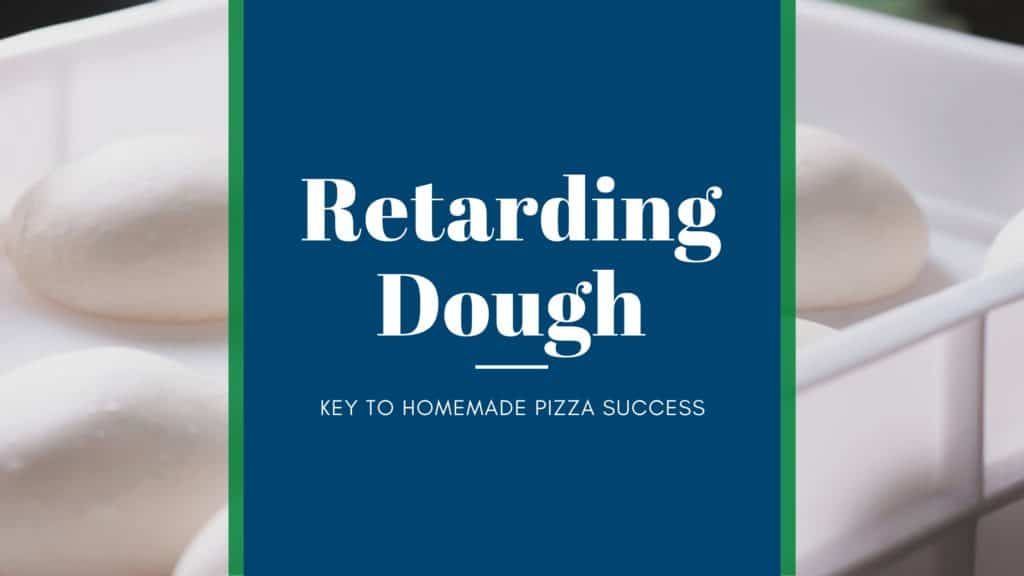




AMAZING POST I AM SO HAPPY TO COME ACROSS THIS POST OF YOURS AS i GOT TO KNOW SO MUCH FROM THIS ARTICLE.vERY INTERESTING AND KNOWLEDGABLE POST THANK YOU FOR SHARING THIS POST WITH US.